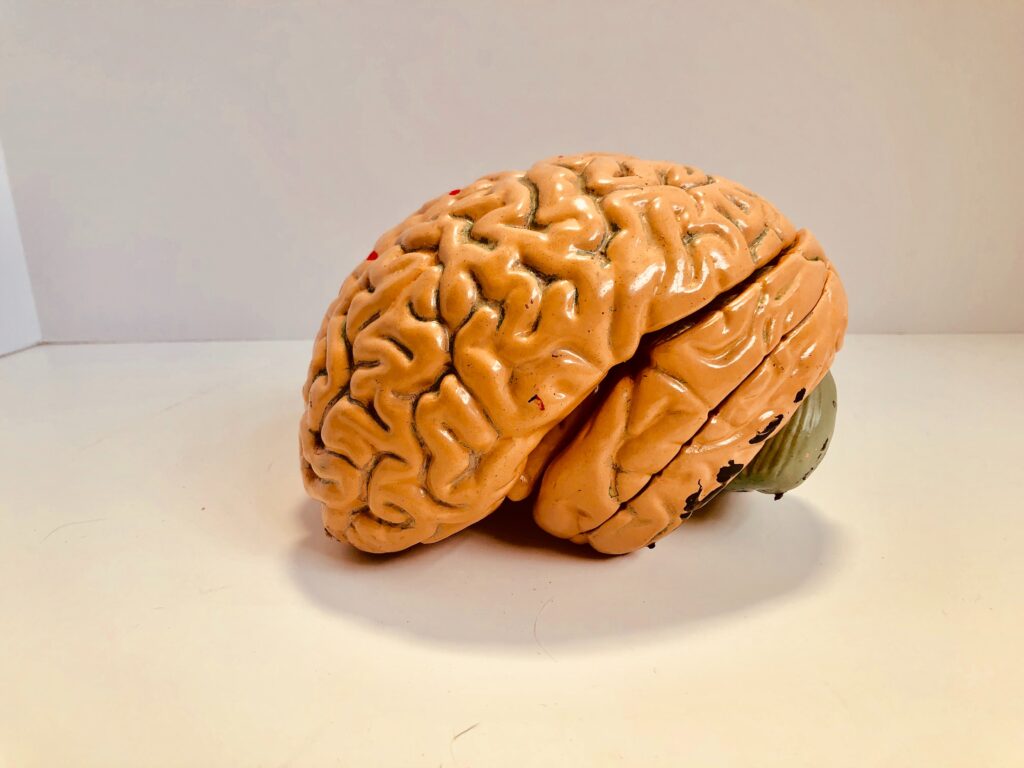
This summer I read The Undoing Project, by Michael Lewis. Lewis has also written Liar’s Poker, Moneyball, The Blind Side, and Flash Boys — so maybe you’re familiar with his work. His 2016 book, with the subtitle “A Friendship that Changed Our Minds” introduces us to two Israeli psychologists whose work changed everything from medicine to investing and revealed the weirdness of the human mind. This is also the story of two men with different backgrounds collaborating to create new ideas and new theories.
In the 1970s, Daniel Kahneman and Amos Tversky changed our understanding of human judgment and decision-making. In 2002, Kahneman won the Nobel Prize in Economics (Tversky would undoubtedly have won as well, if he hadn’t died of cancer several years earlier).
Kahneman and Tversky created the field of behavioral economics and showed how the human mind makes errors in judgement in uncertain situations. Their work led to the use of algorithms and big data gathering rather than relying on human intuition. Lewis’s book offers many examples of how this work is used today:
- Index funds in the stock market
- evidence-based medicine rather than “diagnosis from the gut”
- sports such as basketball and baseball using algorithms to analyze players and draft choices
- government decisions on tax policy, trade, etc. in the US, Great Britain, Australia, Germany, Scandinavia and others.
Relating Undoing to Unfiltered
While the applications of Kahneman and Tversky’s thinking are very interesting, especially data analysis, the aspect that impacts my filtration chemistry blog readers is that of sample size. According to Lewis, the collaborators concluded that “in the search for scientific truths, [all scientists] were relying far more than they knew on chance…What’s more, because they had so much faith in the power of small samples, they tended to rationalize whatever they found in them.”
This realization, according to many in the field of measurement and statistics, was the duo’s stroke of genius. For example, a study of 40 subjects/topics gave only a 50% chance of accurately reflecting the answer while to have a 90% chance of being correct, the sample would need to be increased to over 130.
In our chemical engineering business, considering an appropriate sample is a critical point whether it’s with filtration testing, reaction chemistry, drying analysis, etc. Thinking about Kahneman and Tversky reminds us we all must remember to keep in mind our biases and get as large as sample as possible.

